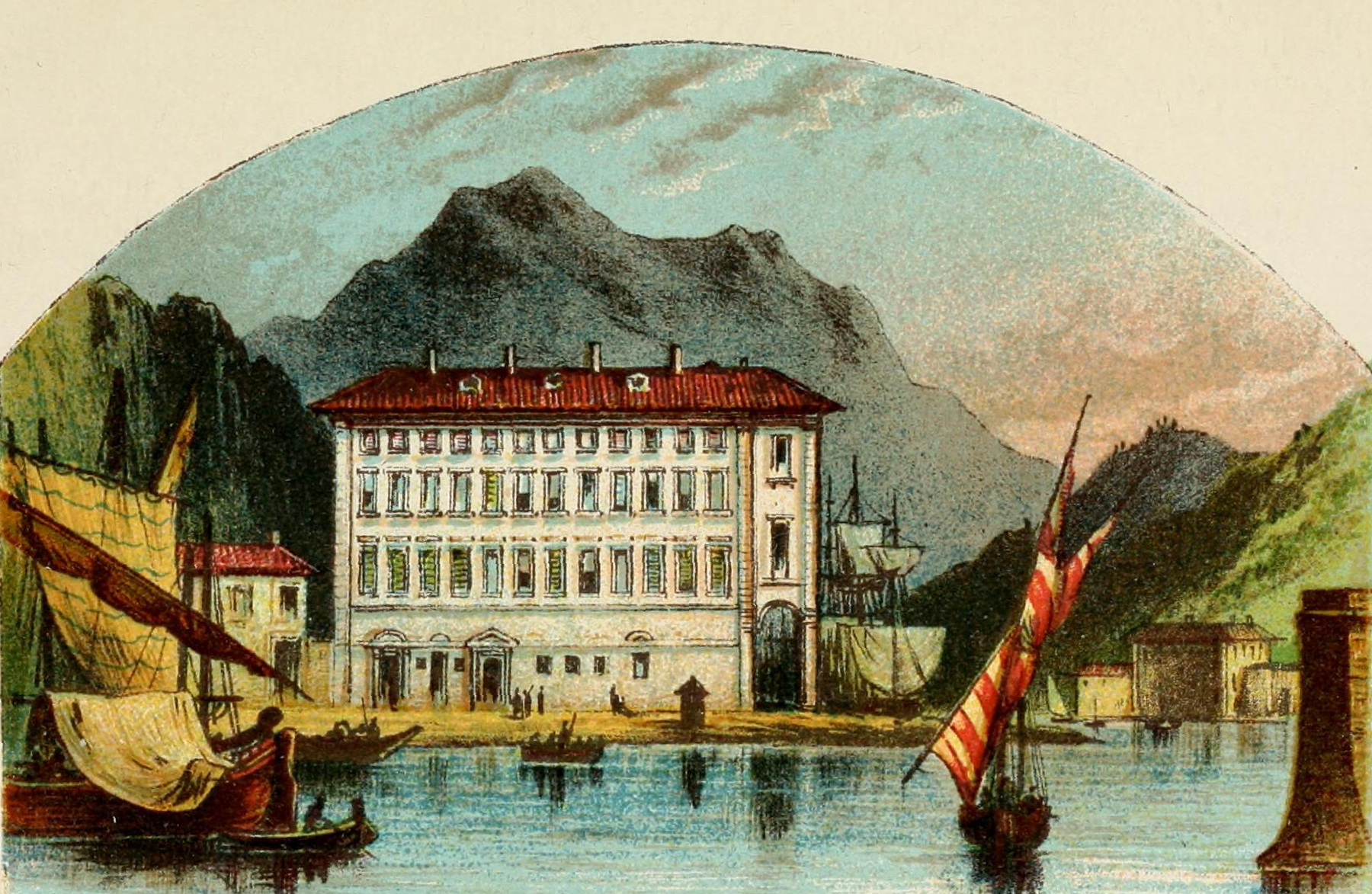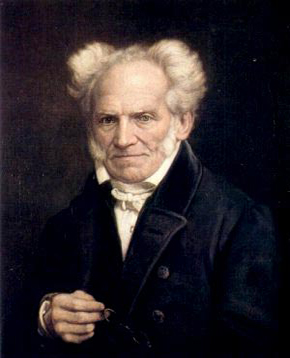|
Ferdinando Lanza
Ferdinando Lanza was a lieutenant-general who fought against Garibaldi's Expedition of the Thousand. During the conflict, Lanza was stationed at Palermo but surrendered after the siege on May 30, 1860. Early military career Coming from the Cavalry, Lanza was promoted to general in 1848. His first major military action was on May 9, 1849, led him to fight against the troops of Giuseppe Garibaldi in front of Palestrina during the creation of the Roman Republic. He had brought the 7,000 men of the French division of Charles Oudinot, whose 20th battalion of the line had been overwhelmed on April 30, 1849, in a bayonet attack by the Garibaldini in the operations that led to the captures of Villa Pamphili and Villa Corsini and the Bourbon soldiers to defend the fate of the Papacy. Lanza then participated in the Bourbon reconquest expedition of the Kingdom of Sicily after the Sicilian revolution of 1848 under the orders of Carlo Filangieri. Expedition of the Thousand Lanza was field ... [...More Info...] [...Related Items...] OR: [Wikipedia] [Google] [Baidu] |
Giuseppe Garibaldi
Giuseppe Maria Garibaldi ( , ;In his native Ligurian language, he is known as (). In his particular Niçard dialect of Ligurian, he was known as () or (). 4 July 1807 – 2 June 1882) was an Italian general, revolutionary and republican. He contributed to Italian unification (Risorgimento) and the creation of the Kingdom of Italy. He is considered to be one of Italy's " fathers of the fatherland", along with Camillo Benso di Cavour, King Victor Emmanuel II and Giuseppe Mazzini. Garibaldi is also known as the "Hero of the Two Worlds" because of his military enterprises in South America and Europe. Garibaldi was a follower of the Italian nationalist Mazzini and embraced the republican nationalism of the Young Italy movement. He became a supporter of Italian unification under a democratic republican government. However, breaking with Mazzini, he pragmatically allied himself with the monarchist Cavour and Kingdom of Sardinia in the struggle for independence, subordinati ... [...More Info...] [...Related Items...] OR: [Wikipedia] [Google] [Baidu] |
Carlo Filangieri
Carlo Filangieri (10 May 1784 – 9 October 1867), Prince of Satriano, was a Neapolitan soldier and statesman. He was the son of Gaetano Filangieri, 5th Prince of Satriano, a celebrated philosopher and jurist, and father of Gaetano Filangieri, 7th Prince of Satriano, an art historian and collector. Early life Filangieri was born on 10 May 1784 at Cava de' Tirreni, near Salerno. He was the eldest child of Gaetano Filangieri, 5th Prince of Satriano, a celebrated philosopher and jurist. His mother was the Hungarian noblewoman Carolina Frendel, who was the teacher of Princess Luisa Maria, second daughter of King Ferdinand IV. At the age of fifteen Filangieri decided on a military career, and having obtained an introduction to Napoleon Bonaparte, then first consul, was admitted to the Military Academy at Paris. Career In 1803, he received a commission in an infantry regiment, and took part in the campaign of 1805 under General Davout, first in the Low Countries, and late ... [...More Info...] [...Related Items...] OR: [Wikipedia] [Google] [Baidu] |
19th-century Neapolitan People
The 19th century began on 1 January 1801 (represented by the Roman numerals MDCCCI), and ended on 31 December 1900 (MCM). It was the 9th century of the 2nd millennium. It was characterized by vast social upheaval. Slavery was Abolitionism, abolished in much of Europe and the Americas. The First Industrial Revolution, though it began in the late 18th century, expanded beyond its British homeland for the first time during the 19th century, particularly remaking the economies and societies of the Low Countries, France, the Rhineland, Northern Italy, and the Northeastern United States. A few decades later, the Second Industrial Revolution led to ever more massive urbanization and much higher levels of productivity, profit, and prosperity, a pattern that continued into the 20th century. The Catholic Church, in response to the growing influence and power of modernism, secularism and materialism, formed the First Vatican Council in the late 19th century to deal with such problems an ... [...More Info...] [...Related Items...] OR: [Wikipedia] [Google] [Baidu] |
1865 Deaths
Events January * January 4 – The New York Stock Exchange opens its first permanent headquarters at Broad Street (Manhattan), 10-12 Broad near Wall Street, in New York City. * January 13 – American Civil War: Second Battle of Fort Fisher – Union forces launch a major amphibious assault against the last seaport held by the Confederate States of America, Confederates, Fort Fisher, North Carolina. * January 15 – American Civil War: Union forces capture Fort Fisher. * January 31 ** The Thirteenth Amendment to the United States Constitution (conditional prohibition of slavery and involuntary servitude) passes narrowly, in the House of Representatives. ** American Civil War: Confederate General Robert E. Lee becomes general-in-chief. February * February 3 – American Civil War: Hampton Roads Conference: Union and Confederate leaders discuss peace terms. * February 6 – The Municipalities of Finland#History, municipal administration of Finland i ... [...More Info...] [...Related Items...] OR: [Wikipedia] [Google] [Baidu] |
1788 Births
Events January–March * January 1 – The first edition of ''The Times'', previously ''The Daily Universal Register'', is published in London. * January 2 – Georgia ratifies the United States Constitution, and becomes the fourth U.S. state under the new government. * January 9 – Connecticut ratifies the United States Constitution, and becomes the fifth U.S. state. * January 18 – The leading ship (armed tender HMS ''Supply'') in Captain Arthur Phillip's First Fleet arrives at Botany Bay, to colonise Australia. * January 22 – The Congress of the Confederation, effectively a caretaker government until the United States Constitution can be ratified by at least nine of the 13 states, elects Cyrus Griffin as its last president.''Harper's Encyclopaedia of United States History from 458 A. D. to 1909'', ed. by Benson John Lossing and, Woodrow Wilson (Harper & Brothers, 1910) p167 * January 24 – The La Perouse expedition in the ''Astrolabe'' and '' Boussole'' arrives ... [...More Info...] [...Related Items...] OR: [Wikipedia] [Google] [Baidu] |
Palazzo D'Angri
A palace is a large residence, often serving as a royal residence or the home for a head of state or another high-ranking dignitary, such as a bishop or archbishop. The word is derived from the Latin name palātium, for Palatine Hill in Rome which housed the Roman Empire, Imperial residences. Most European languages have a version of the term (''palats'', ''palais'', ''palazzo'', ''palacio'', etc.) and many use it to describe a broader range of buildings than English. In many parts of Europe, the equivalent term is also applied to large private houses in cities, especially of the aristocracy. It is also used for some large official buildings that have never had a residential function; for example in French-speaking countries ''Palais de Justice'' is the usual name of important courthouses. Many historic palaces such as parliaments, museums, hotels, or office buildings are now put to other uses. The word is also sometimes used to describe an elaborate building used for public ent ... [...More Info...] [...Related Items...] OR: [Wikipedia] [Google] [Baidu] |
Penguin Books Limited
Penguin Books Limited is a German-owned English publishing house. It was co-founded in 1935 by Allen Lane with his brothers Richard and John, as a line of the publishers the Bodley Head, only becoming a separate company the following year."About Penguin – company history" , Penguin Books. Penguin revolutionised publishing in the 1930s through its inexpensive s, sold through Woolworths and other stores for sixpence, bringing high-quality ... [...More Info...] [...Related Items...] OR: [Wikipedia] [Google] [Baidu] |
Termini Gate
Termini can refer to: *Termini (architecture), human heads and busts that continue down to square, tapering, pillar-like forms *Termini Station (Rome), a main line railway station in Rome *Termini (Rome Metro), an underground railway station in Rome *Termini Imerese, a town in Sicily * Termini, a ''frazione'' of Massa Lubrense, Campania, Italy See also *Terminus (other), the singular of ''termini'' (although places named Termini in Italian come from the Latin plural ''thermae In ancient Rome, (from Greek , "hot") and (from Greek ) were facilities for bathing. usually refers to the large Roman Empire, imperial public bath, bath complexes, while were smaller-scale facilities, public or private, that existed i ...'', "baths") * Terminal (other) {{disambiguation, geo ... [...More Info...] [...Related Items...] OR: [Wikipedia] [Google] [Baidu] |
Oreto River
The Oreto is a river in Sicily. Its source is located between Altofonte and Monreale, a few kilometers from Palermo. It gives the name to the Oreto Valley and crosses the south-east portion of the city before flowing into the Tyrrhenian Sea. Called "''Wadi, Wādī al-ʿAbbās''" during the Emirate of Sicily, Islamic period, the river has had an important role in the history of Palermo. In the 12th century, in order to cross it, the ''Ammiratus ammiratorum'' George of Antioch built the Ponte dell'Ammiraglio, Admiral's Bridge. References Rivers of Italy Rivers of Sicily Rivers of Palermo Rivers of the Metropolitan City of Palermo Drainage basins of the Tyrrhenian Sea {{Italy-river-stub ... [...More Info...] [...Related Items...] OR: [Wikipedia] [Google] [Baidu] |
Ponte Dell'Ammiraglio
The Admiral's Bridge (Italian language, Italian: Ponte dell'Ammiraglio) is a medieval bridge of Palermo, located in Piazza Scaffa. It was built over the Oreto River during the era of the Norman Sicily by the ''ammiratus ammiratorum'' George of Antioch. In 2015, it became a UNESCO World Heritage Site as part of a series of nine civil and religious structures inscribed as Arab-Norman Palermo and the Cathedral Churches of Cefalù and Monreale. History According to a legend, the bridge is situated in the place where the Michael (archangel), Archangel Michael appeared to the County of Sicily, Norman Count Roger I of Sicily helping him to conquer Palermo, at that time an Emirate of Sicily, Islamic bastion. It was completed in 1131, a year after the incoronation of Roger II of Sicily, Roger II as first King of Sicily. The construction was supervised by the admiral George of Antioch, the most powerful man of the Kingdom after Roger II. The bridge had the function to connect the capital t ... [...More Info...] [...Related Items...] OR: [Wikipedia] [Google] [Baidu] |
Corleone
Corleone (; or ) is an Italian town and ''comune'' of roughly 11,158 inhabitants in the Metropolitan City of Palermo, in Sicily. Many Sicilian Mafia, Mafia bosses both in Sicily and the United States have come from the town of Corleone, including Tommy Gagliano, Gaetano Reina, Jack Dragna, Giuseppe Morello, Michele Navarra, Luciano Leggio, Leoluca Bagarella, Salvatore Riina and Bernardo Provenzano. It is also the birthplace of several fictional characters in Mario Puzo's 1969 novel ''The Godfather (novel), The Godfather'', including the eponymous Don Vito Corleone, Vito (Andolini) Corleone. The local mafia clan, the Corleonesi, led the Mafia in the 1980s and 1990s, and were the most violent and ruthless group ever to take control of the organization. Corleone municipality has an area of with a population density of 49 inhabitants per square kilometer. It is located in an inland area of the mountain, in the valley between the Rocca di Maschi, the Castello Soprano and the Cast ... [...More Info...] [...Related Items...] OR: [Wikipedia] [Google] [Baidu] |








